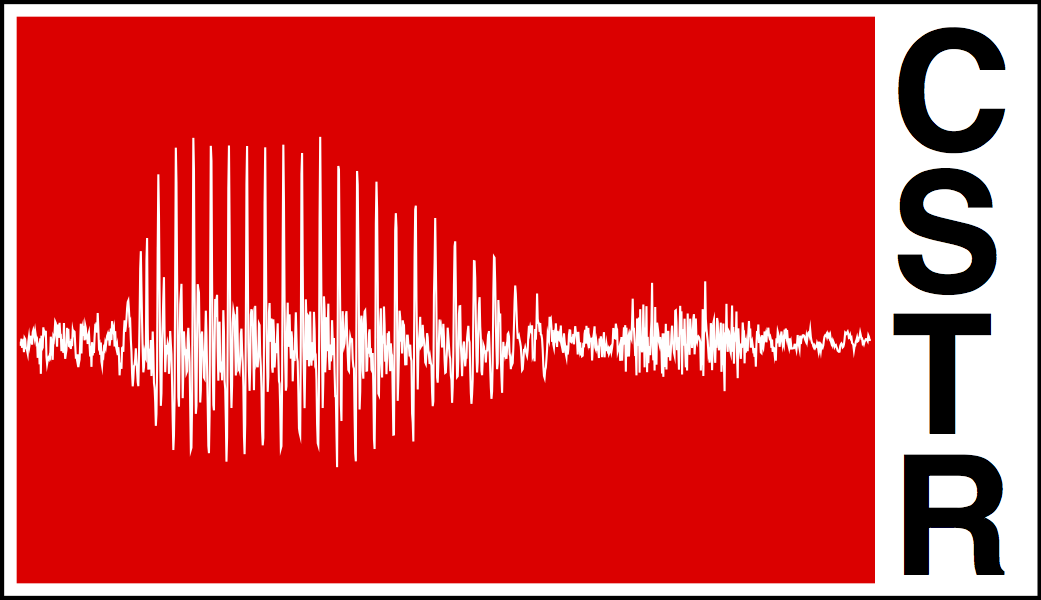Factorised representations for neural network adaptation to diverse acoustic environments
Adapting acoustic models jointly to both speaker and environment has been shown to be effective. In many realistic scenarios, however, either the speaker or environment at test time might be unknown, or there may be insufficient data to learn a joint transform. Generating independent speaker and environment transforms improves the match of an acoustic model to unseen combinations. Using i-vectors, we demonstrate that it is possible to factorise speaker or environment information using multi-condition training with neural networks.
